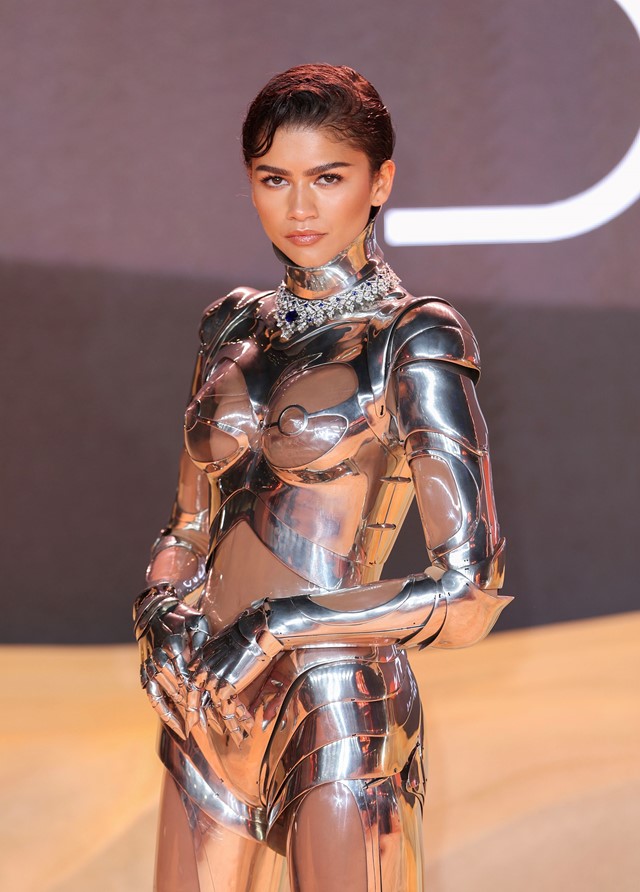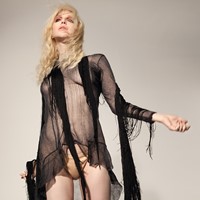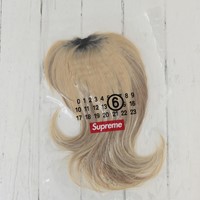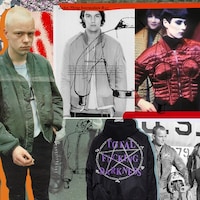Zendaya just turned up at the London premiere of the Dune sequel dressed as a silver fembot. But that look is just the tip of the iceberg in Mugler’s monumental fashion extravaganza
This article was originally published in 2019, when Cardi B turned up to the Grammys and stole the show in a series of iconic archival Mugler looks. As Zendaya takes a turn dipping into the designer’s vault on the Dune red carpet tonight (February 2024), we revisit it here.
In the grand scheme of iconic fashion moments, Manfred Thierry Mugler has had more than his fair share. From the motorcycle corset from his AW92 Haute Couture collection, as worn by the equally iconic Niki Taylor, right through to the time he enlisted a porn star, Ivanka Trump, and 90s supergroup Deee-Lite to walk the same runway for him, his wildly ostentatious, fabulously camp vision can pretty much be summed up in three words: Oh. The. Drama. As he once told art historian Linda Nochlin, “Fashion is the only art that walks down the street”: Mugler’s creations were often full-on masterpieces.
Bringing some of that drama to last night’s Grammys was Cardi B, who showed all the way up in not one, not two, but three archive Mugler looks – and put the avant-garde designer’s work in front of a whole new generation of fans in the process. As well as a white satin dress with long fringe detailing from his 1997 Les Insectes collection, which she wore to collect her history-making award for Best Rap Album, she also appeared in two further looks from Mugler’s AW95 offering throughout the night: a cheetah print catsuit with an enormous peacock-esque feather tail, and a gown that saw her reimagined as a modern-day Venus.
While the list of Thierry Mugler shows that will go down in the history books as ‘legendary’ are countless, his AW95 couture presentation was particularly memorable. Here’s why.
IT WAS AN HOUR-LONG FASHION EXTRAVAGANZA
Unlike most fashion shows today which are over in the blink of an eye, when it came to a Mugler presentation attendees were fully aware they’d be locked in for an hour or so to watch the designer’s fully-formed vision unfold. The AW95 show was even more of an extravaganza than most, though, given it was thrown at Paris’s Cirque d’Hiver – a legendary circus on the outskirts of the French capital – in celebration of the 20th anniversary of the label. Featuring a performance by James Brown (definitely cancelled by today’s standards), it was even broadcast live on primetime French television, which should give you some idea as to the magnitude of the show.
PRETTY MUCH ALL THE SUPERS WALKED
The runway read like a who’s who of the fashion elite, as supermodels including Kate Moss, Naomi Campbell, Linda Evangelista, Shalom Harlow, Karen Mulder, Elle Macpherson (who carried a dog), and Claudia Schiffer rubbed shoulders with legends in the form of Jerry Hall, Marie Helvin, and Veruschka. Also on the line-up were iconic actresses Julie Newmar and Tippi Hedren, and New York it-girl Dianne Brill, as well as plus-size model and Jean Paul Gaultier muse Stella Ellis. Talk about a line up.
...WELL, WE SAY WALKED
Obviously, this being a Mugler show, there was no such thing as a straightforward up-and-down the runway – the models wiggled and shimmied their way around it, pulling faces, and taking off oversized (and seemingly demure) coats to reveal the show-stopping looks beneath. The show marked a moment in the mid-90s when high energy drama made way for minimalism on the runway, with exaggerated sashaying, multiple outfit changes, and step-and-turns falling out of favour in the years following. One model even lit up a cigar and smoked it as she took her turn: can you see that happening today? Nope, thought not.
NADJA AUERMANN SHOWED UP AS A FEMBOT
Some of Mugler’s best-known collections centre around a unique vision of what he imagined the future of fashion to look like, as he spliced supermodels with motorcycles and automobiles, and turned women into hyper-exaggerated versions of themselves via his painstakingly crafted corsets and hip-padding. AW95 took it to another level, though, when German supermodel Nadja Auermann emerged onto the runway as a fully-formed bionic fembot – encased in a silver, articulated bodysuit made from metal, as designed in collaboration with aircraft specialist Jean-Pierre Delcros. The garment was later immortalised in print by Helmut Newton (ditto the robot look in the collection), and has gone on to influence countless designers in the time since its debut: with the likes of Alexander McQueen, Nicolas Ghesquière, and Gareth Pugh (to name but a few) among them.
IT FEATURED A LOT OF LATEX
Historically, Haute Couture has been known for its rules and restrictions, with a strict set of guidelines designers must stick to when creating their collections, but if ever someone was to push the boundaries, of course it was going to be Mugler. With the Paris shows all but devoid of latex, the designer featured it in a number of collections, and in the process put forward a new, progressive vision of what Couture could be. None of his offerings featured the subversive, inherently kinky material as heavily as AW95 did, though, as a group of models opened the show in nipped, tailored jackets, huge hats that obscured their faces, and skin-tight latex trousers. At the core of Mugler’s work was a desire to celebrate the female form, with latex proving the ideal fabric to do so – and if you’re looking for proof of his influence right up to the current day, look no further than Clare Waight Keller’s SS19 Givenchy Couture show, where latex-clad models also took to the runway.
Watch the full show above.




